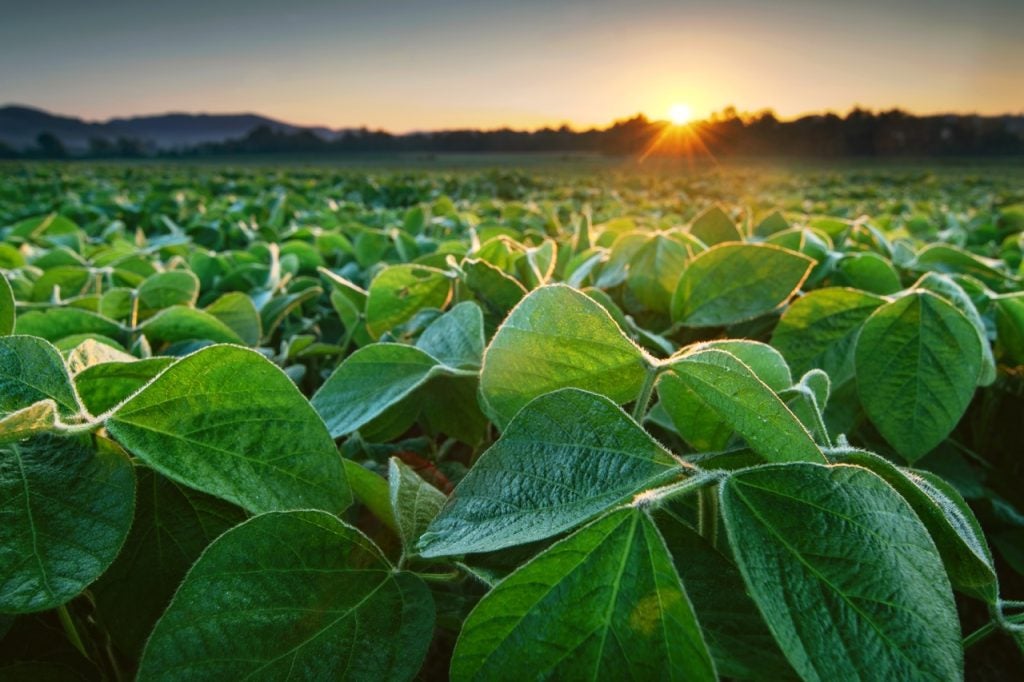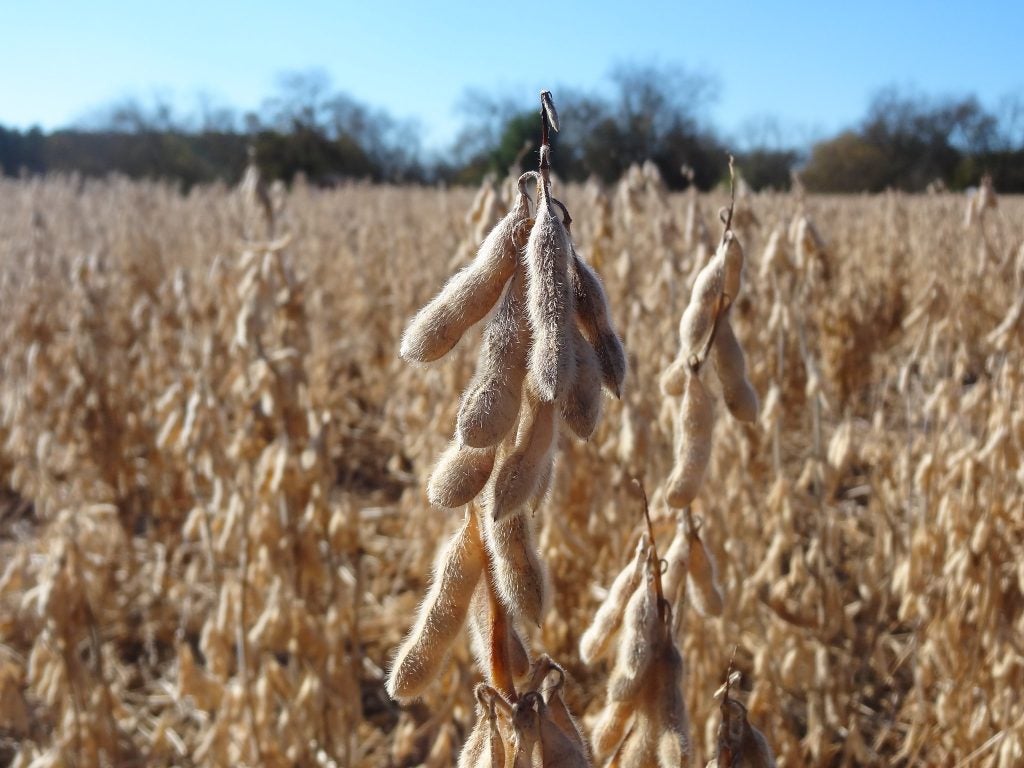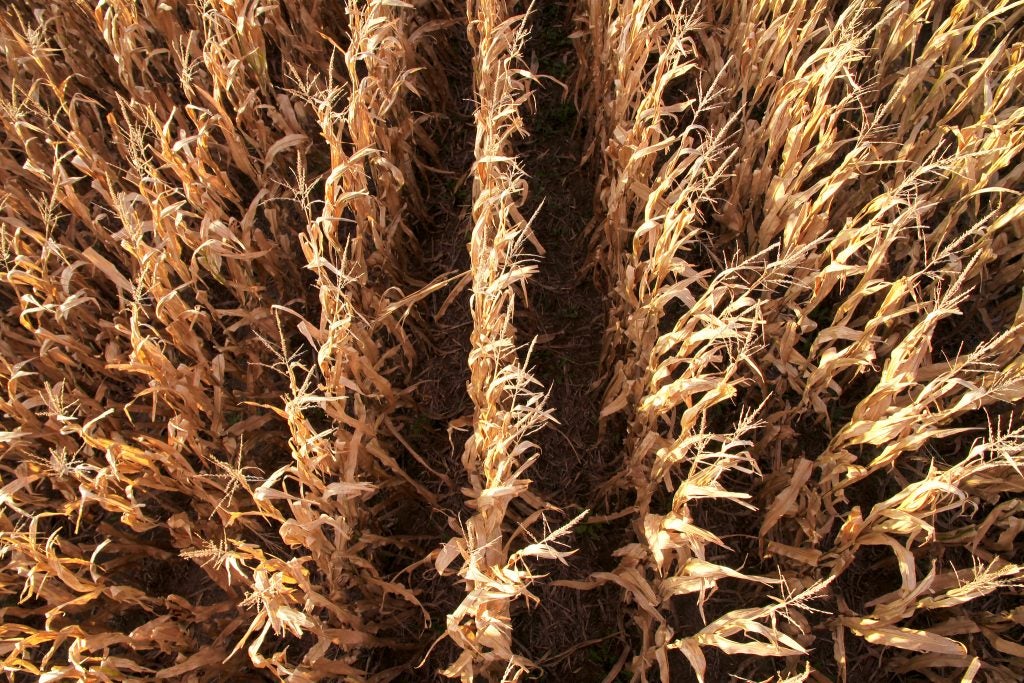As the UN climate conference kicks off in Egypt, food and agriculture are central to negotiations for the first time. More severe droughts, warmer temperatures and heavier rainfall fueled by climate change are making it harder than ever for the world’s one billion farmers to grow food and fiber. While some farms and regions are more vulnerable than others, climate change will affect farmers everywhere.
Here in the U.S., where farmers have a long history of steadily increasing yields, climate change will likely cause crop productivity gains to stall — or even reverse — as soon as 2030.
New research by EDF and Two Degrees Adapt illustrates how climate change will affect county-level yields of staple crops grown on some of the most productive farmland in the world — corn in Iowa, soybeans in Minnesota and winter wheat in Kansas. Here’s what climate models predict.
Corn in Iowa
Rising temperatures in Iowa will warm otherwise chilly days and encourage corn growth, but those gains will be offset by losses from days too hot for corn to grow.
As a result, by 2030, 97% of Iowa counties will likely see corn yields that are more than 5% lower than they would have been without climate change, and over half of counties will likely see yields more than 10% lower than they would have been without climate change by 2030. This difference is the climate burden.
By 2050, all counties will have 10% or higher climate burdens on yields.
Soybeans in Minnesota
Similarly to Iowa, increasing days with more moderate temperatures will promote more soybean production, but spikes in extreme heat will limit growth. This will be especially true in Minnesota’s northernmost counties, which will face the most significant climate burdens. Southern and central counties will incur more moderate burdens or even boosts.
By 2030, more than half of Minnesota counties will likely see climate burdens on yields of more than 5%. Seventeen percent of counties will likely see more than 10% yield burdens.
Winter wheat in Kansas
Global wheat supplies are unstable, and yields are stagnating in many places. Continual increases in yields will be necessary to promote food security worldwide. Kansas is the top U.S. producer of wheat — called winter wheat in Kansas since it is planted in the fall, grown during the winter and harvested in the spring — and an important contributor to global food supplies.
Climate burdens on wheat yields in the state will vary greatly by county through 2030 and 2050 based on a complex interplay of the number of autumn days with freezing temperatures that cause crop damage, spring days with high heat that limits wheat yield, and spring precipitation, which encourages wheat growth.
By 2030, 8% of Kansas counties will likely see more than 5% yield burdens. One county will likely experience a 9.3% decrease.
Learn about solutions to overcome these challenges
While the scale of the climate burden on crop yields is daunting, adaptive solutions exist. If we move quickly and deliberately during this decisive decade, we can protect crop yields, farmer livelihoods and global food supplies.













